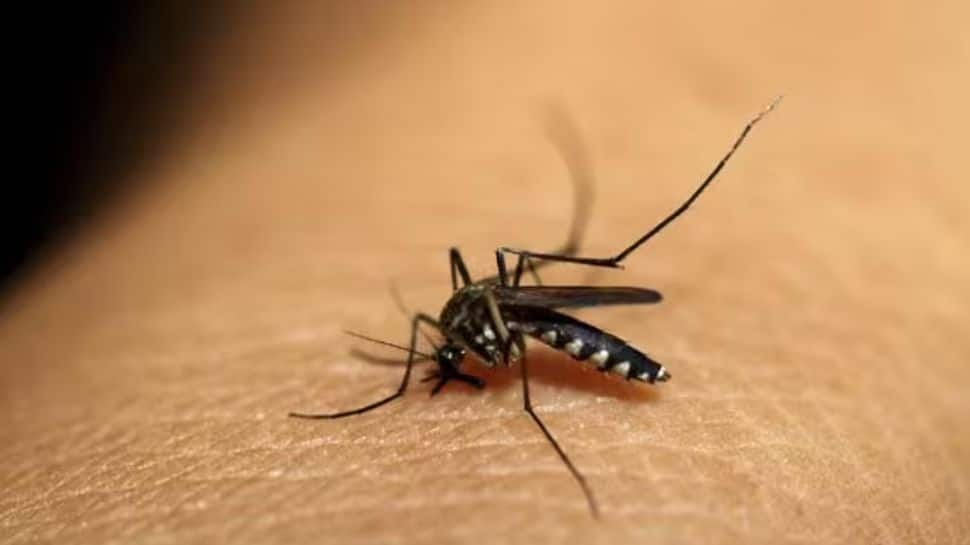World Malaria Day is an annual observance that takes place on April 25 to raise awareness of the global effort to control and eventually eradicate malaria, a disease caused by a parasite transmitted through the bites of infected mosquitoes. The day was established in 2007 by the World Health Organization (WHO) and is marked by various events and activities around the world, such as educational campaigns, community outreach, and fundraising efforts to spread awareness. The theme for World Malaria Day 2023 is “Time to deliver zero malaria: invest, innovate, implement,” which aims to accelerate progress toward ending malaria deaths and cases.
Hence, on the eve of World Malaria Day, the WHO has urged the countries affected by the disease globally to accelerate the reach of high-impact tools and strategies to prevent, detect and treat malaria, with a focus on reaching the most vulnerable, ensuring that no person is left behind.
In the shadow of the Covid-19 crisis, the world is not on track to reach the two critical targets of the WHO Global Technical Strategy (GTS) for malaria 2016-2030: reducing global case incidence and mortality by 90 percent or more by 2030, based on 2015 levels, Dr Poonam Khetrapal Singh, World Health Organisation (WHO) Regional Director for South-East Asia, said.
Also read: Stress Buster: 5 Audiobooks And Podcasts To Help You Cope With Stress
World Malaria Day 2023: Deaths Due To Malaria
In 2021, an estimated 619,000 people globally died of malaria compared to 625,000 in 2020. There were an estimated 247 million new cases of malaria, compared to 245 million in 2020, Singh said.
By the end of 2020, the South-East Asia Region was the only WHO region to achieve a 40 percent reduction in malaria case incidence and mortality compared to 2015, the first GTS milestone, she stated.
World Malaria Day 2023: Strategies To Make World Malaria Free
Amid the Covid-19 response, the Maldives and Sri Lanka have maintained their malaria-free status, and five countries of the region; Bhutan, DPR Korea, Nepal, Thailand, and Timor-Leste, are among 25 countries and one territory globally identified as having the potential to eliminate malaria by 2025.
In 2022, health ministers from across the region unanimously endorsed a statement on ‘Renewed Commitment for Malaria Elimination’, emphasizing the urgent need to scale up proven implementation strategies, while also adopting innovative strategies and tools.
The statement is aligned with the region’s 2017 Ministerial Declaration for Accelerating and Sustaining Malaria Elimination, as well as the 2018 Ministerial Call for Action to eliminate malaria in the Greater Mekong Subregion.
“Today, the region is at a crossroads. Since 2010, overall funding for malaria prevention and control in the region has decreased by 36 percent, mostly on account of flagging global support,” Singh said.
Reductions in the efficacy of artemisinin-based combination therapies, especially in the Greater Mekong Subregion, as well as increased vector resistance to pyrethroids, the risk of increased morbidity, mortality, and spread.
World Malaria Day 2023: WHO’s Plan Of Action
In several countries, cross-border transmission continues to be a major impediment to achieving the elimination targets. “Across the region, gaps in services persist: In 2021, there were an estimated 3,85,000 more cases in the Region compared to 2020,” Singh said.
“WHO is calling for action in several key areas,” she said. First, strengthening capacity at the sub-national level, with a focus on identifying clear and actionable goals, increasing resource allocations, and empowering local decision-makers.
Second, shifting power to the peripheries, with a focus on increasing cross-border collaboration, especially in high-burden countries and neighbouring nations on the verge of elimination, she said.
Third, ensuring adequate and sustained financing for malaria programs, recognizing that transitions in funding must be anticipated, planned for, and implemented gradually, based on a time-bound strategy, the WHO regional director said.
Fourth, transforming surveillance into a core malaria intervention, ensures that last-mile barriers are identified and overcome.
Fifth, accelerating high-impact innovations, not just in diagnostics and treatments, but also in service delivery, in line with the Region’s primary healthcare approach to achieving universal health coverage, since 2014, one of eight ‘Flagship Priorities’ in the region, she said.
“Crucially, intensified efforts must be made to reach at-risk and vulnerable populations with currently available strategies and tools. Reaching these populations with available malaria prevention, diagnosis, and treatment is critical for achieving the Global Technical Strategy for malaria 2016-2030 and Sustainable Development Goal targets and delivering on the promise of zero malaria for everyone, everywhere,” Singh said.
(With inputs from PTI)

